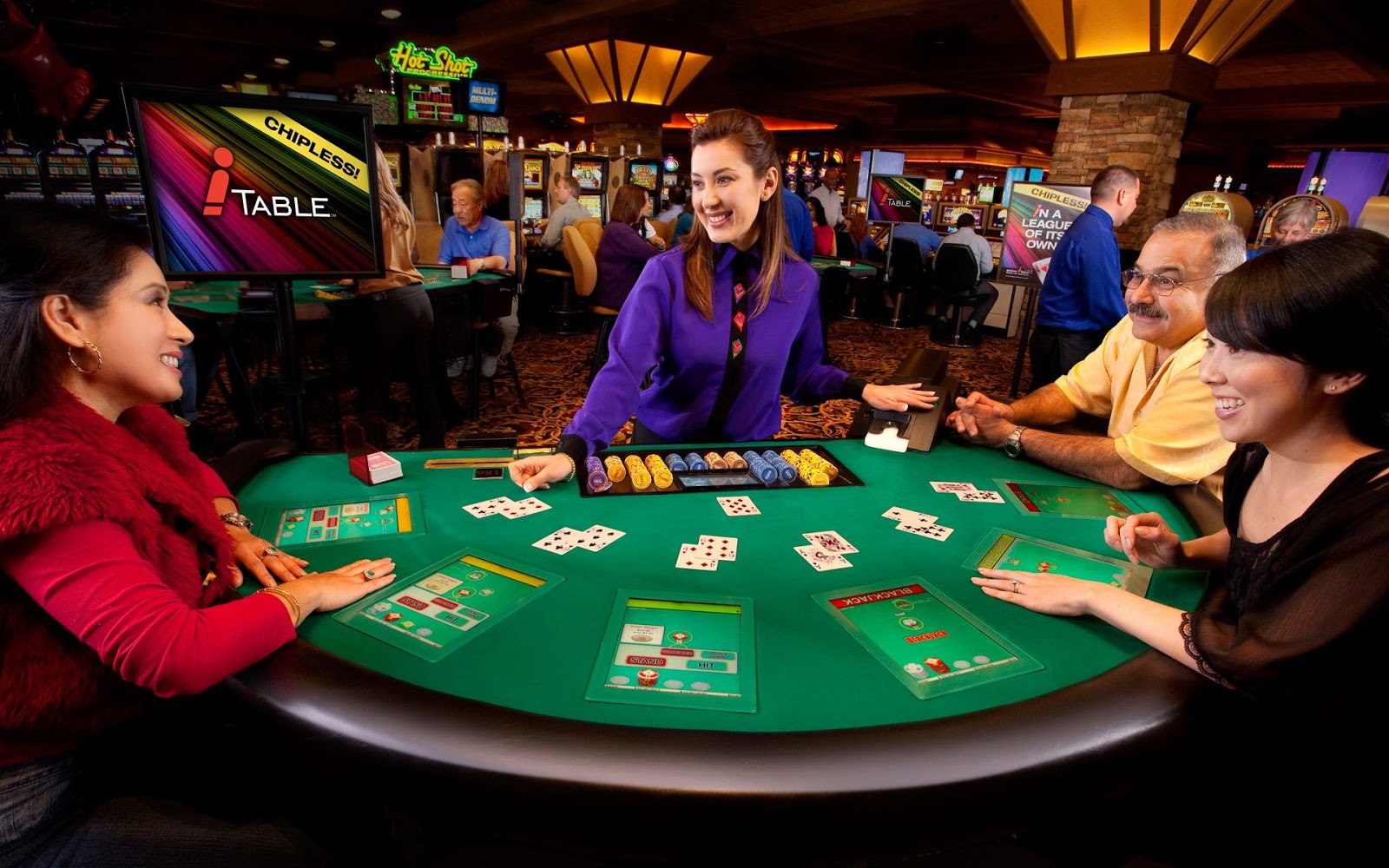
In a dynamic and exciting world of casinos, where fortune and tactics intertwine, color and design play a key role in drawing in gamblers. As soon as visitors step inside a casino or log into a gaming platform, they are enveloped in a sightly feast that grabs their attention and entices them to explore further. Vivid colors, captivating graphics, and creative layouts are meticulously crafted to create an environment of excitement and anticipation, ultimately improving the gaming encounter.
While gamblers navigate through the dynamic landscape of casino games, they come across a variety of designs that not only serve visual purposes but also affect emotions and choices. Colors like scarlet and yellow symbolize wealth and fortune, while soothing blues and emeralds can create a more relaxed environment. Grasping how these elements function together allows casinos to create an welcoming and stimulating atmosphere that encourages players to interact with the games, spend more time at the tables, and boost their overall enjoyment.
The Science of Hue in Gaming Establishments
Hue plays a critical role in the creation of gambling games, influencing players’ feelings and actions. Bright and vibrant shades, such as red and gold, are often used to incite thrill and draw notice. These hues create a feeling urgency and dynamism, encouraging gamblers to participate more eagerly with the experience. By strategically selecting tints, developers aim to elicit feelings of satisfaction and anticipation, which can enhance the complete game experience.
Different colors also have psychological meanings that can affect how gamblers perceive their chances of winning. For example, green is frequently associated with good fortune and wealth, making it a popular choice in activities like roulette and poker setups. This connection can result gamblers to feel more optimistic and assured in their play, ultimately inspiring them to wager more. Understanding these links allows game developers to craft environments that enhance player enjoyment and loyalty.
Furthermore, the layout of gambling game interfaces often uses blended colors and opposing hues to guide players’ actions. For instance, winning combinations may be highlighted with striking, opposing colors, creating a visual cue. This approach supports favorable outcomes and encourages repeated engagement. By utilizing the science of color, gambling establishments can create activities that not only captivate participants but also keep them engaged and dedicated in their play experience. GA179
Design Features that Attract Players
The visual appeal of casino games is primarily influenced by the implementation of bold colors. Bright and striking colors are strategically chosen to create an inviting atmosphere that captures attention. For instance, crimson and golden hues often signify good fortune and wealth, which is why they are common in the palettes of gaming machines and game surfaces. These colors not only draw players in, but they also evoke emotions related to excitement and anticipation, enhancing the overall gaming experience.
In addition to color, the aesthetic and organization of casino games play a crucial role in captivating players. Games are designed to be intuitive, ensuring that players can easily understand the guidelines and gameplay. User-friendly interfaces, along with captivating graphics and animations, help maintain player interest and encourage extended play sessions. The physical elements, such as the feel of the controls and the sounds of the games, also contribute to a holistic sensory experience that keeps players engaged.
Finally, thematic elements in gaming design can significantly influence player choice. Many casino games are inspired by media, myths, or exploration motifs, featuring symbols and characters that resonate with players. These themes create a sense of engagement and relatability, making each game feel unique. When players feel a connection to the theme, they are more likely to opt for that game over others, leading to higher participation and enthusiasm within the gambling environment.
Case Studies: Successful Gambling Slot Designs
One prime example of impressive casino game design is the acclaimed slot machine series themed around hit movies. Games such as those based on the The Wizard of Oz and Game of thrones utilize bright colors and superior graphics to engage players in familiar narratives. The application of dynamic visuals and entertaining sound effects grabs the attention of players, establishing an affective connection to the theme. This tactic not just encourages longer play but also boosts the overall gaming experience, resulting in increased player retention.
Another successful case is the application of color in table games like blackjack and roulette. Casinos often create these games with rich reds and greens, colors traditionally connected with luck and wealth. For instance, the green felt on a 21 table provides a soothing effect, while the crimson accents in roulette invite excitement. This deliberate use of color helps to create an inviting atmosphere that encourages players to engage, fulfilling their psychological impulses and enhancing their enjoyment.
Finally, social casino games that include social features and lively, colorful designs have achieved remarkable success in engaging players. Games like Zynga’s Poker and Slot-O-Mania leverage vivid colors and playful animations to establish an inviting online environment. The addition of leaderboards, social sharing options, and in-app rewards fosters competition and community, drawing players in for longer sessions. Such designs not only make the games visually enticing but also underscore social interaction, a crucial factor in player retention and engagement within online casino environments.
